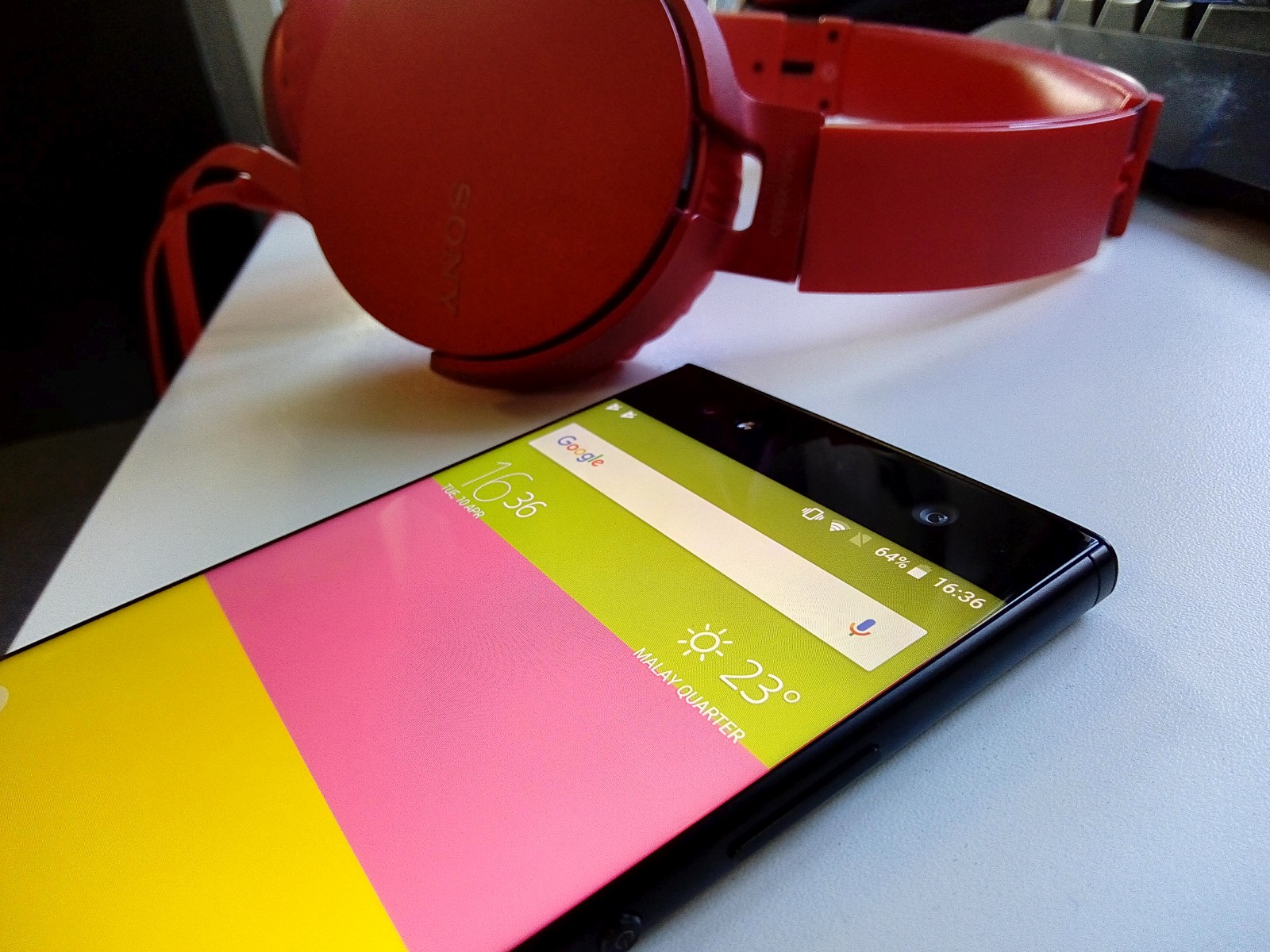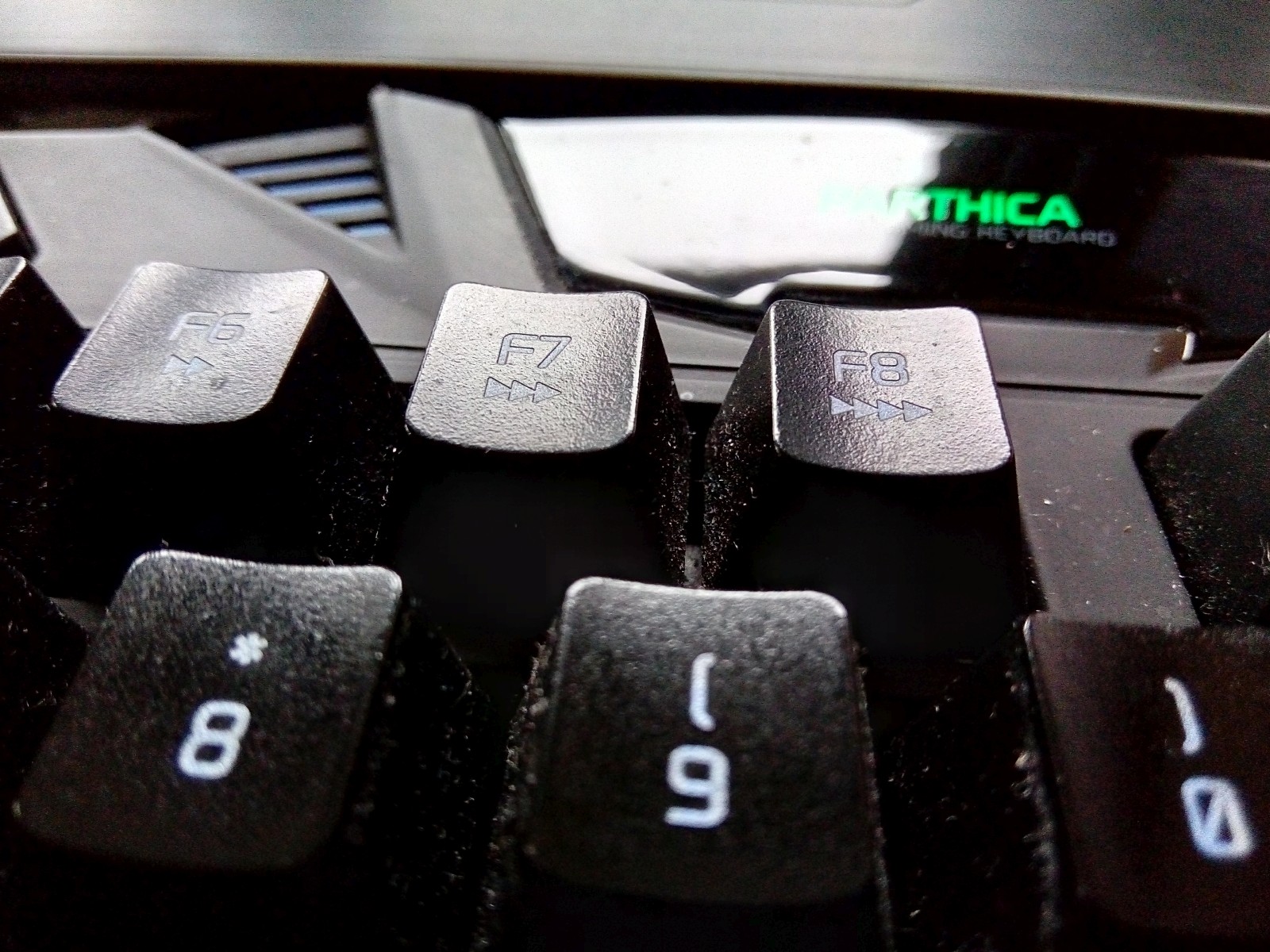Five years ago, launching a decent streaming platform took millions. Now? A teenager with a laptop can build something that reaches millions. That shift…
Hisense Infinity F24 review: part of the crowd

Pretty much every new phone has a screen above five inches nowadays, even those that retail in the “budget” range. Even more common, it seems, are budget phablets. And the latest company to join this band of brothers is Hisense.
The Chinese manufacturer told Gearburn back in February that the Hisense Infinity F24 would arrive in the country by March. And they weren’t lying.
On our test bench for the past few weeks, the Infinity F24 shows just how far Hisense has come as a device designer and manufacturer.
Shedding the utilitarian design philosophy of the two previous Infinity devices — the KO and C30 Rock — the F24 is a more stately affair. Call it boring. Call it extremely similar to the Huawei Mate 7. Or just bask in its simplicity. Whatever you do, you can’t call it ugly.

You may mistake the F24 for an iPhone 6 if you weren’t paying enough attention
It’s a tall phone thanks to the 18:9 screen ratio — the golden number that’s all the rage in 2018. But its length does have some utility. It can cram in more content when browsing mobile sites, or apps like Twitter and Instagram, where vertical real estate is more important than width.
There’s a strange combination of old and new with the Infinity F24
The Hisense Infinity F24’s face is anonymous though. It’s not as recognisable as, say, an iPhone X would be, or even a Nokia 1 for that matter.
Relatively slender bezels on the phone’s flanks — that supports Hisense’s “infinity screen” — accompany a bulky chin and forehead. The top of the phone houses a centre-aligned speaker slit, an ambient light sensor, and the front camera.
Thankfully, the bottom bezel isn’t too thick, making for a welcome handle when watching content on the screen in bed.

The fingerprint reader is pretty responsive too, and so is that camera sitting just above it
On the right, there’s a power button and volume rocker. The left houses the SIM card and microSD card slots. While the top of the phone lies an endangered 3.5mm headphone jack that manufacturers are all too eager to cull nowadays. Thankfully not Hisense on this occasion.
Charging and data connectivity comes courtesy of the microUSB slot at the bottom of the phone — an equally rare breed considering that USB Type-C is fast becoming the de facto mobile port for data and power.
Hisense Infinity F24 specifications:
Dimensions: 153mm tall, 77mm wide, 9.65mm thick
SIM type: Dual Nano SIM
Weight: 171 grams
Screen: 1440×720 | 5.99-inch | IPS LCD | No HDR support | 18:9 aspect ratio | 269 pixels per inch
CPU: MediaTek MT6737T | quad core | 4 1.4GHz ARM Cortex-A53 cores
GPU: ARM Mali-T720
RAM: 2GB
Battery and power: 3400mAh fixed | no wireless charging | fast-charging support
Storage: 16GB, microSD card support
Rear camera: single camera array | 13MP sensor | autofocus
Selfie camera: single camera array | 8MP sensor | autofocus
Video support: 1080p at 30 frames per second
Radios: Bluetooth 4.0 LE | WiFi 802.11 n | 4G LTE | FM Radio | A-GPS
I/O: MicroUSB 2.0 | 3.5mm headphone jack
OS: Android 7.0 Nougat
Other features: no water resistance | no NFC | fingerprint reader
Colours: Black
The back of the F24’s a bit more exciting.
Not only do we have a fingerprint reader — mounted fairly high up above the Hisense logo — but a 13MP camera too. It protrudes from the body a bit, but it does break up the otherwise boring iPhone 6-esque design.
For Hisense, it could well be its best looking Infinity device to date.
Internally though, it’s not as refined.
Hisense employs MediaTek’s MT6737T chipset for the “value-orientated” market. And although you get four cores and an adequate GPU along with it, performance is underwhelming.


Hisense Infinity F24

Hisense Infinity F24

Hisense Infinity F24

Hisense Infinity F24

Hisense Infinity F24

Hisense Infinity F24

Hisense Infinity F24 Screenshots 1

Hisense Infinity F24 Screenshots 2

Hisense Infinity F24 Screenshots 3

Hisense Infinity F24 Screenshots 4

Hisense Infinity F24 Screenshots 5

Hisense Infinity F24 Camera Samples 001

And possibly the best example of all of how the camera will likely perform in sunlight.
Hisense Infinity F24 Camera Samples 002

Saturation wasn't touched in this particular snap.
Hisense Infinity F24 Camera Samples 003

Still, not bad.
Hisense Infinity F24 Camera Samples 004

However shots indoors lack the clarity of some more expensive camera phones.
Hisense Infinity F24 Camera Samples 005

The phone doesn't mind too much if you have a shaky hand either.
Hisense Infinity F24 Camera Samples 006

Another idea of the focal range.
Hisense Infinity F24 Camera Samples 007

Note quite a bit of the cloud bank was rendered white, showing little to no definition.
Hisense Infinity F24 Camera Samples 008

The selfie camera is keeping up with 2018's breed of stellar examples.
Hisense Infinity F24 Camera Samples 009

See? Decidedly dreary.
Hisense Infinity F24 Camera Samples 010

Colour reproduction on this particular dreary day was adequate.
Hisense Infinity F24 Camera Samples 011

Pretty damn good all things considered.
Hisense Infinity F24 Camera Samples 012

Speaking of focus zones, here's a great example of the Hisense Infinity F24's generous focal range.
Hisense Infinity F24 Camera Samples 013

It can be mitigated by changing the focus zone though.
Hisense Infinity F24 Camera Samples 014

There's a slight issue with dynamic range when snapping pictures directly into sunlight, but that's to be expected.
Sluggishness is common when browsing image or data heavy apps like Instagram or Google Sheets, with constant stutters and screen tearing gnawing at your eyes. Watching YouTube at 720p, 60 frames per second is even worse, with playback as smooth as overwhipped cream.
Gaming is just as dismal, but you’ll be able to play simpler titles like Fast Like A Fox.
It’s a grave shame, because the Infinity F24’s screen is arguably it’s best asset.
The longer 5.99-inch display has much less pixels than most devices in its screen size range, but its colours are gorgeous and vibrant.
Viewing angles are excellent too, while there’s very little screen muddying — if you can actually get video above 720p to play smoothly. But the screen doesn’t just look good, it’s responsive too. Touches don’t require much force to register, while the phone reacts to swipes and taps almost immediately. It’s an excellent screen on a budget device.

Smells like the mid 2000s in here
But like the Hisense C30 Rock, it’s the software experience that’s a complete letdown.
Firstly, debuting Android 7.0 Nougat on a device in 2018 is lazy. There’s also no indication that Hisense is working on an update to Oreo. But the phone does come with stock Google software. There’s no hint of Vision UI anywhere (thankfully).
Hisense also bundles Opera Max (which is now depreciated), TouchPal Keyboard (which sucks) and the Hisense Browser (a reskin of Opera Browser that constantly spews notifications) with the phone. Thankfully, that’s all the trashware you’ll find on the device. And said apps are easy to replace or uninstall entirely.
For Hisense, it could well be its best looking Infinity device to date
The home screen however is the very dated Launcher3 — the standard Google launcher we’ve seen on generic Android phones for ages now.
Granted, the launcher works. But it lacks the polish of Google’s newer launcher on Oreo, or the Pixel Launcher. Launcher3 also comes with the old Calendar, Calculator and Gallery apps. But somehow, the imaging performance of the F24 isn’t held back by the old Camera app. Thankfully.

You might remember this paricular camera app layout from Android 4.4 KitKat
On that note, the Infinity F24’s snapper is one of the more surprisingly good single budget cameras I’ve used in ages.
It focusses quickly, it has adequate dynamic range in daylight, and colour reproduction is decent too. It won’t blow the P20 Pro or Galaxy S9+ out of the water, but it may come close to embarrassing them on value alone in some instances.
Video recording however is a bit lacklustre, but it’ll be just fine when filming the dogs or kids at the park, during birthday parties or for those Instagram Stories.
The phone does get Google’s newer settings experience though, with important settings info pinned to the top of the page. It also comes bundled with Google apps. Photos, Allo and Music are all included otherwise.
So there’s a strange combination of old and new with the Infinity F24. It’s uncomfortable. And all in all, Hisense could’ve done a better job buffing its user experience. It’s not like it hasn’t had issues in this regard prior.

The Hisense Infinity F24’s screen is a delight
Thankfully, the battery life is a little better than this though.
I often managed more than a work day on a single charge, this with brightness set to around 50%, Bluetooth and WiFi on, and regular social media and camera usage. Mileage will vary though, and watching YouTube on 720p for around three hours did eat up about 35% of the battery.
When compared to its rivals, there’s nothing that really stands out about the Hisense Infinity F24
But what of its value?
At R3299, the Hisense Infinity F24 is competing in a notably congested and competitive market. A slew of Xiaomi devices — no less the Google One Mi A1, and the newer Nokia 6 — both retail within a grand of the Hisense and sport better specs and software support. And for a little bit more, there’s the Huawei P Smart.

It may look decidedly large, but it’s easy to wield compared to similarly sized phones
When compared to its rivals, there’s nothing that really stands out about the Hisense. The phone’s camera is good, its body feels ripe in the hand, and the screen is stellar. But that’s really all there is to it.
Unfortunately, with no real unique selling point, the only time that it makes sense to purchase the Hisense is on sale. But that doesn’t mean the company shouldn’t be acknowledged for making a solid, if not slightly lacklustre, device.
Just please address the dismal software experience on your phones, Hisense.
Verdict: With its decent battery life, good camera and excellent screen, the Hisense Infinity F24 isn’t a terrible choice in the sub-R4000 phablet arena. But with the likes of Nokia, Huawei and Xiaomi all creeping down its neck — all sporting more reliable performance and the promise of software updates — there’s no real reason to recommend purchasing it over its rivals. With that said, it’s still a decent device if you can find one at a bargain price.
Score: 6.5/10
All images: Gearburn/Andy Walker




























